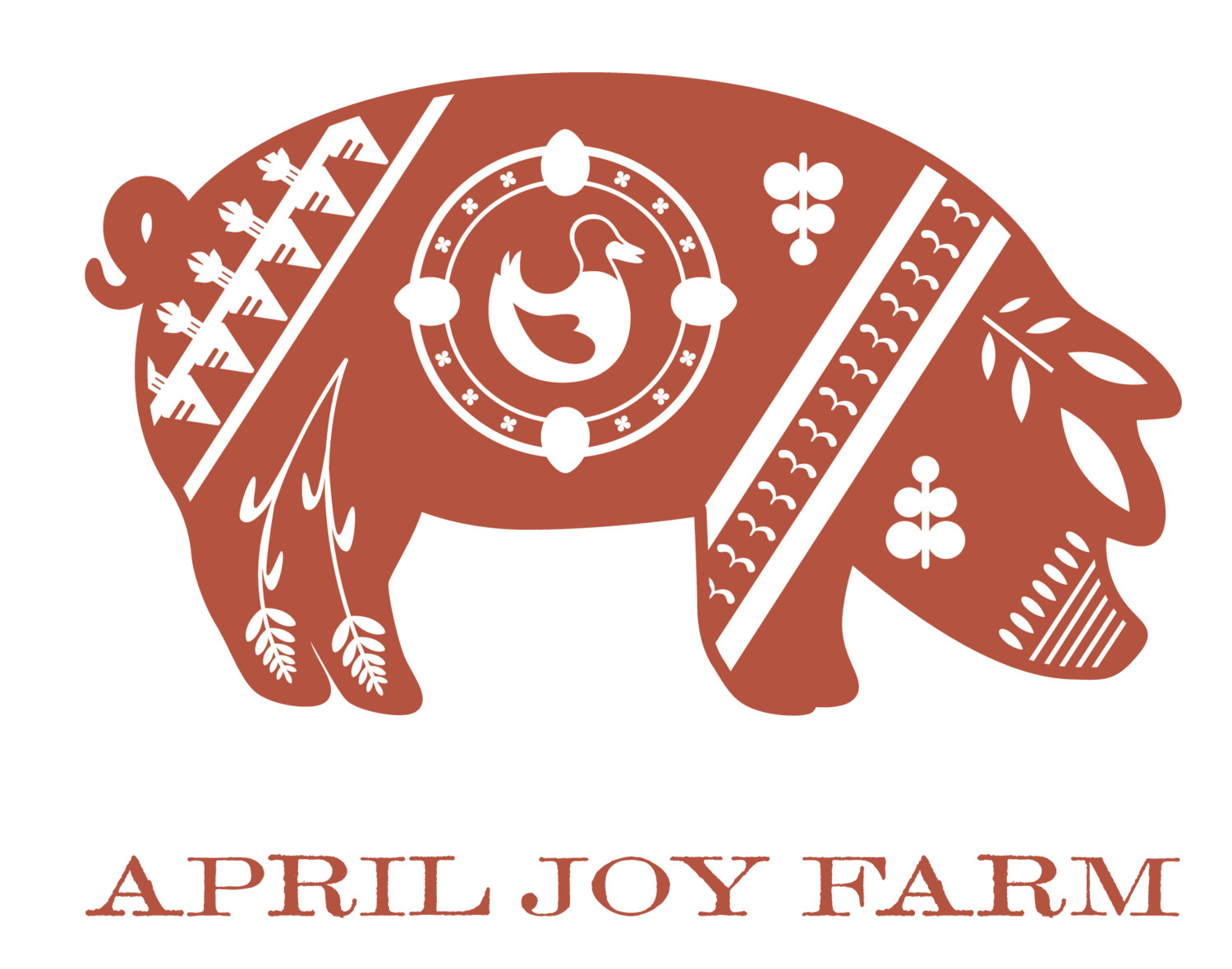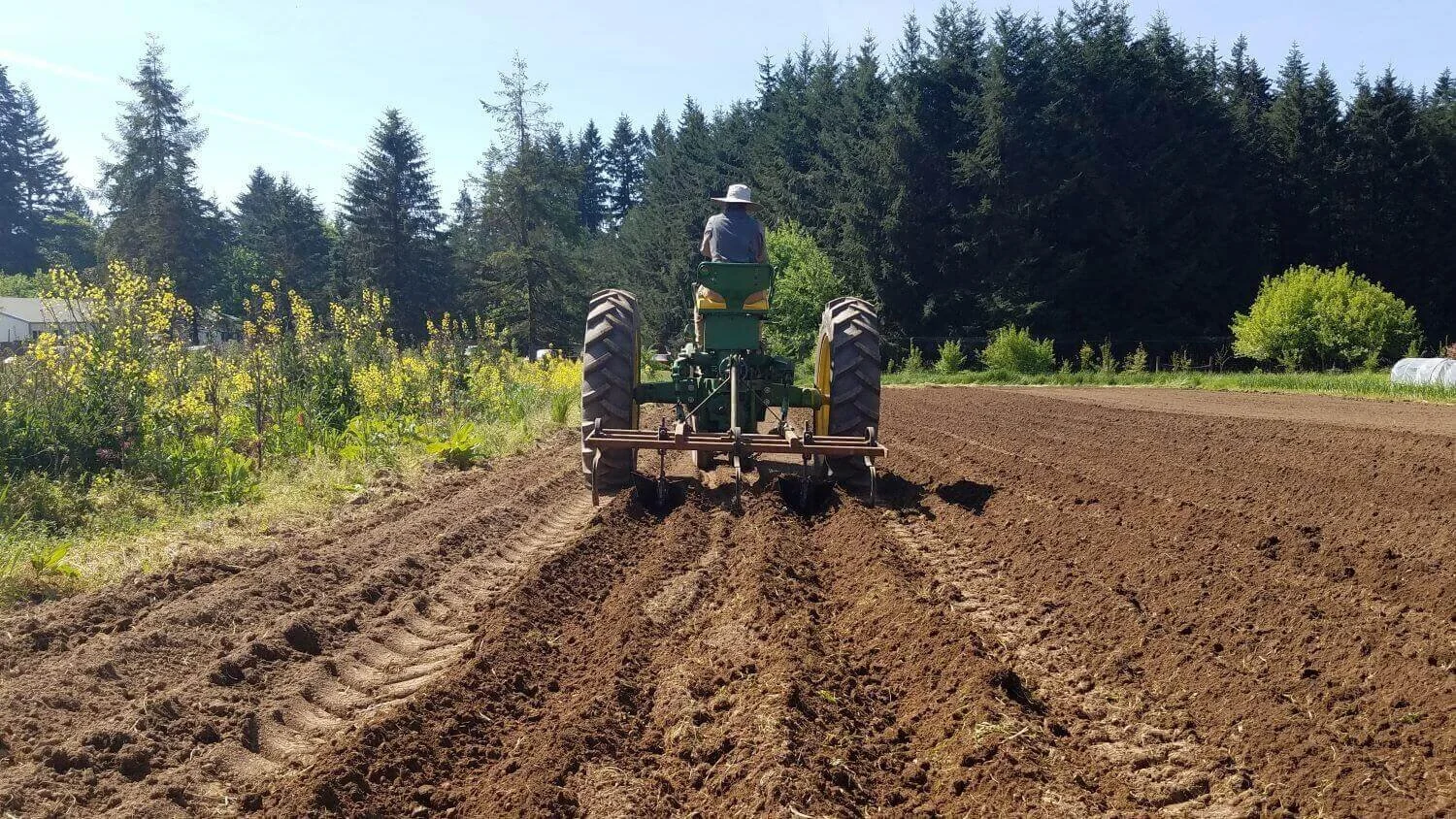Evaluating Machinery and Equipment with Respect to Soil Health
Evaluating the equipment and machinery used in your operation and how it may be affecting soil health is the last of the four components of your Nutrient and Field Management Plan (NFMP).
Again, we’ll use a three part process to evaluate how you use equipment and machinery.
Review and Summarize Historical and Current Practices
Identify Challenges and Opportunities
Create a List of Recommendations
Review and Summarize Historical and Current Practices
The first step to evaluating machinery and equipment is to prepare a list of all the tractors, implements, transport wagons, and other machinery you use that may have an impact on the health of your soil.
The table below includes a summary of machinery and equipment from my farm and categories for how I use them:
Mowing and swathing
Primary tillage
Secondary and finishing tillage
CultivationHarvest
Seeding
Organic material handling
Irrigation
You may include additional categories that are meaningful for you. In addition to making a list, briefly summarize your philosophy regarding the use of equipment. Is it an enjoyable aspect of your work or a necessary drudgery?
Tillage gets a lot of press these days with respect to soil health. Substantial research indicates that tillage can be quite detrimental to soil health. However, when completing this step, make sure you don’t focus exclusively on your tillage equipment. Recognize that all the equipment on your farm has the potential to impact soil health, so make sure your list is inclusive.
Identify Challenges and Opportunities
First, take a look at the baseline physical and biological indicators from your soil health assessment. Can you correlate any low/poorly performing indicators to how and when you use your equipment.
Consider these questions:
Are you challenged by extensive weed pressure that you ‘solve’ by repeated cultivation passes?
Are your field layouts or drive lanes contributing to erosion?
Is there unnecessary compaction occurring / caused by equipment that is too narrow requiring you to make more passes over a field?
Identify and note problems of the equipment you’re currently using on your farm. Pay particular attention to whether you think the root challenge is the tool itself or how your system requires you to use it.
For example, there is significant research which identifies tillage as a primary source of soil degradation. But how often does that research connect the practice (tillage) to the system (soil moisture, experience of the operator, depth of usage, speed, crop rotation, etc.)?
A knife can be an implement of destruction or simply a way to butter your breakfast toast. Proper equipment usage takes experience and skill. Intention is also an important factor.
So when you’re thinking about the impact of machinery and equipment on your soil health, identify not only a lack of or poorly sized equipment, but also challenges related to both the timing and the frequency of use.
Even the most seemingly benign equipment, like a wagon, for instance, can cause a deterioration of soil health if used too frequently or on very wet soils.
Also, ask yourself, would you prefer to be using more or less equipment?
Look back at your Self-Land-Community Venn Diagram and your goals. How does the machinery and equipment you currently use support or conflict with your mission? Whether you’re seeking to work with draft animal power or adding driverless auto steering grain carts to your operation, ask yourself the fundamental questions about what role you believe machinery, equipment, and technology should ideally play on your farm.
Finally, although not technically a tool, think also about how the infrastructure of your farm plays a part in improving or degrading soil health. For example, do you have adequately sized headlands or are you constantly driving across a portion of your field because you’re transporting a wide load?
Perhaps you don’t have well designed access lanes so you take a deleterious shortcut route right through a field.
Fencing is often a culprit - either forcing livestock to congregate in certain pinch points or allowing access to certain spots that quickly degrade from overuse.
Finally, include soil health challenges caused by irrigation equipment and methods.
In this section of my Soil Health Roadmap (SHR), I wrote that I had been using a rototiller since the beginning of my farm, simply because it was a piece of equipment I inherited and I did not have the means to purchase more appropriate equipment.
If you know of any particular challenges but you don’t have a good idea of how to solve the problem, that’s ok. Just make sure you write it all down! Be as clear as you can about outlining the primary areas of concern and what you believe the root cause is.
Finally, take 30 minutes to do a little daydreaming.
Think about what equipment works well for you and/or what tools you wish you could add to your operation. Write down anything that comes to mind.
It’s ok to include changes you’d like to make even if you don’t initially think they connect to soil health. Take advantage of the chance to outline any visions/ideas that move you closer to the ideal infrastructure that supports your efforts as a land steward.
Give yourself an opportunity to dream. What would you really like to have/do/try?
Create a List of Recommendations
Once you have a solid perspective on your current challenges and opportunities with respect to machinery and equipment, draft a list of potential recommendations.
Look back at the table you created in step 1 listing all your equipment.
Work category by category, and ask yourself, what improvements would I like to make to this aspect of my operation?
Next, pull out your recommendations list from the previous three components of your Nutrient and Field Management Plan. Look at Rotations, Cover Crops, and Organic Materials and see if you can identify any potential connection to your equipment usage.
For example, my crop rotation recommendations included the use of a multi-year soil building period that included grains. I realized that if I could procure the right-sized harvesting equipment/small scale combine, I could improve my ability to cycle phosphorus on my farm instead of importing it because I could harvest those grains as livestock feed.
This piece of equipment would also expand my ability to grow and harvest my own cover crop seed that would be site adapted. The hope is that growing my own cover crop would improve establishment rates for fall sown plants I depend on to protect my soil from leaching caused by winter rain.
Write down your list of recommendations and organize it in one of the following ways, by:
category of usage (haying, tillage, cultivation, etc.),
relating it to the other elements of your NFMP
using an aerial map of your farm (in the case of infrastructure).
Machinery, equipment and the basic infrastructure of your farm (access lanes, irrigation, and fencing, etc) can be a difficult element of your NFMP to draft recommendations for.
Often we eliminate or discount ideas because we deem them too difficult to change or too expensive to address.
I encourage you to not fall into this trap.
Your written explanations of the specific equipment / resources you need and why can be lifted from your SHR and shared with a number of funders and supporters.
Taking sufficient time to note what equipment, machinery and/or changes to your farm infrastructure you should strive for will lead to improved soil health and greater farm viability.



